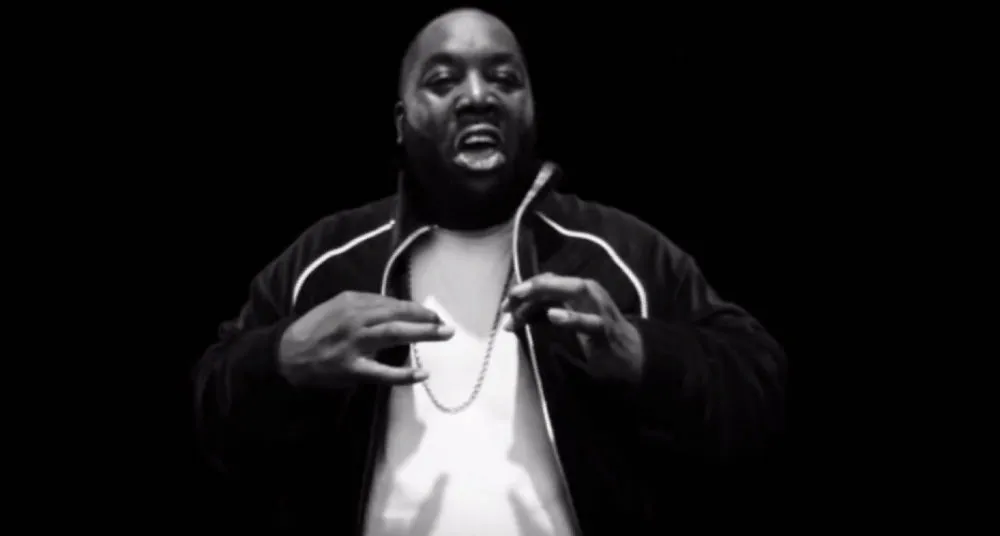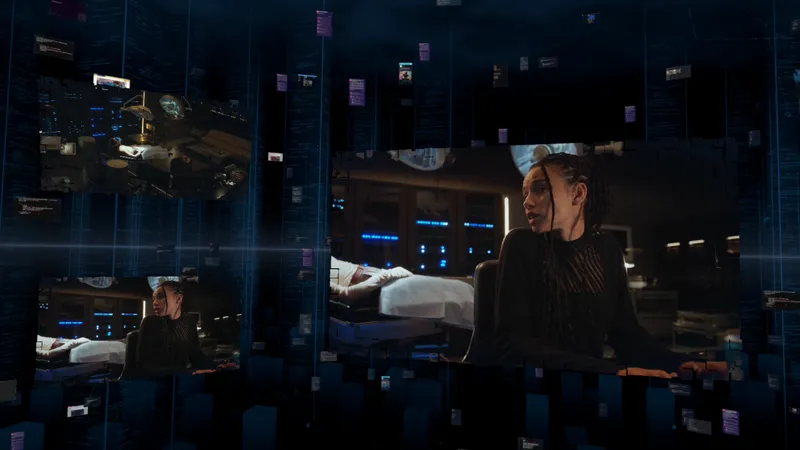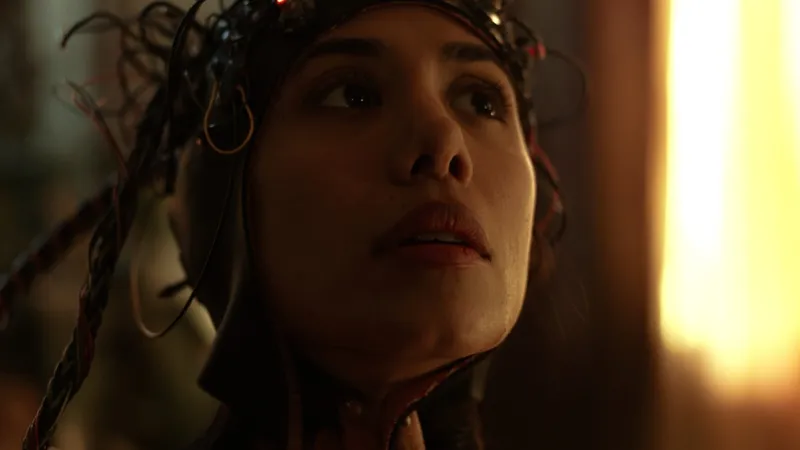Of all the verticals people are talking about in virtual reality, music is easily one of the most exciting — and the most frustrating. While there were predictions that VR music videos would dominate in 2016, the industry was generally slow to adopt the technology, and great content was scarce. As 2017 approaches, however, it seems that music is finally catching up, and the next year will see much broader adoption. There are four major areas where VR could change the game in the music world, from the traditional to the more forward-thinking.
Making traditional music videos even better
The eighties and nineties were the golden age of music video, but by the middle of the 2000s, the format was in decline. Where big budgets and lavish premieres were once standard, the shift away from MTV and toward YouTube means that music videos are widely seen as less important, and unless an artist is making a huge artistic statement and has the deep pockets to back it up, they’ll likely be cheap and forgettable affairs. Where iconic videos like “Smells Like Teen Spirit” and “Thriller” were once cultural touchstones, a whole new generation has grown up using video sites to listen to music, but not watch videos.
360 video and virtual reality could change all that, and perhaps usher in a new golden age for music videos. For one, they could provide a reason for people to re-engage with the medium — while 2D music videos have become stale, interactive videos are much more likely to draw viewers in and create excitement. There’s already great data about how people are far more likely to rewatch 360 video than flat video, because each viewing provides the potential for a new experience. In a way it’s almost a complete departure from the MTV model — where they determined what you would watch and when, 360 video on demand allows the viewer to fully customize their own experience.
This doesn’t mean that every music video should be in 360 starting next year. There were some amazing 360 music videos released this year, like Run the Jewels’ “Crown” (embedded at the top of the post).
But for every video like that, there was an example of someone showing up with a GoPro and calling it art. Video concepts have to be immersive, otherwise users will just scroll around and get bored, and that’s not much of a change from the status quo.
Letting everyone see the show from the front row
Live music in VR got off to a bit of a bumpy start in 2016, primarily due to bandwidth problems the left streams feeling glitchy and low-rent. Luckily, there’s a decent chance things will change in 2017, and the predicted live revolution in VR will come to pass.
Watching live music in VR is one of the most obvious use cases, but that doesn’t mean it isn’t interesting and there won’t be creative applications of the technology. Companies like VRtify live-streamed a show with artist Jacob Whitesides and made viewers feel like they were in the center of an intimate log cabin, watching him perform for a handful of his closest friends. Big arena acts could easily record and stream much more intimate performances, and fans could feel like Taylor Swift or Chance the Rapper were addressing them directly, as opposed to seeing them with hordes of other people.
But beyond that, live-streaming in VR is really a revolution of access. It’s easy to forget if you live in a major media market and make a middle-class living that lets you buy concert tickets when your favorite band comes to town, but huge numbers of people lack the ability to see the music they love. Many venues don’t provide great access for people with disabilities, and some people feel unsafe in other venues. Furthermore, there are lots of music fans who live far outside big markets, both in the US and overseas, but still want to participate and feel like part of the scene.
Live concert VR can also serve as a path to monetization, as artists can charge a small fee to watch a show and do it without taking anything from their traditional live music revenues. There’s still nothing like being in the room with your favorite artist, but VR can provide an experience that comes a close second.
Telling stories beyond the songs
Ask anyone who watched “Lemonade,” what they thought of it, and they’ll tell you that the songs were only half the story. The visual album concept exploded in 2016, as an increasing number of musicians decided they wanted to create broader narratives around their work. This trend seems likely to continue, and this is where VR can shine in music.
The oft-repeated line about VR being an empathy machine leads to eye-rolling from some, but for artists who want to invite fans into their experiences, it’s groundbreaking. Political artists have long talked about being at the front lines of protests, but it’s different if a fan can also be there and feel like they’re part of the action. It’s one thing to listen to a verse about being pulled over and fearing for your life; it’s quite another to put on a headset and feel like you’re right there in the front seat. Artists have always sought to share their perspectives and help listeners see stories through the eyes of the characters they created, and now they can use VR to make that even more immersive.
Artists don’t even necessarily need to base the experiences around songs. If an artist is particularly interested in a cause or region of the world, they can create an experience to transport their audience and take them on a virtual tour, or to be part of a situation firsthand. Doing this creates a deeper connection with their fans, and helps foster a new level of understanding.
Activating on the ground
VR has often been criticized for being isolating, but some activations can actually help create a sense of real world community in the virtual space. There have been a handful of virtual discos, and more festivals will likely start experimenting with VR experiences in the next few months. After all, if you’re wandering around Coachella and there are a hundred booths all just giving things away, wouldn’t you be drawn to the one that allows you to experience something more and step into a virtual space, if only for a few minutes?
VR can also be fantastic at live shows — an artist can create a piece to go with a certain track, and at the point in the show, fans can put on headsets and experience their own custom version of a communal event. An artist who goes by EMA created a fantastic piece called “I Wanna Destroy,” where an experience built in the Rift was synched to her music; she sat onstage performing while fans watched other people’s experiences being projected on the wall as they waited to wear the headset. Fans came away having been part of a unique experience and getting to create something of their own within a set of parameters, while also being part of something bigger.
There’s no doubt that VR is going to be huge for music in 2017 — the only question is which artists and labels will make the leap first, and which will get left behind.
Cortney Harding is a consultant working at the intersection of music and VR. She is an adjunct professor at NYU’s Clive Davis Institute and a regular commentator and speaker on music and tech issues. Her latest book, “How We’ll Listen Next: The Future of Music From Streaming to Virtual Reality,” will be released early next year.




























